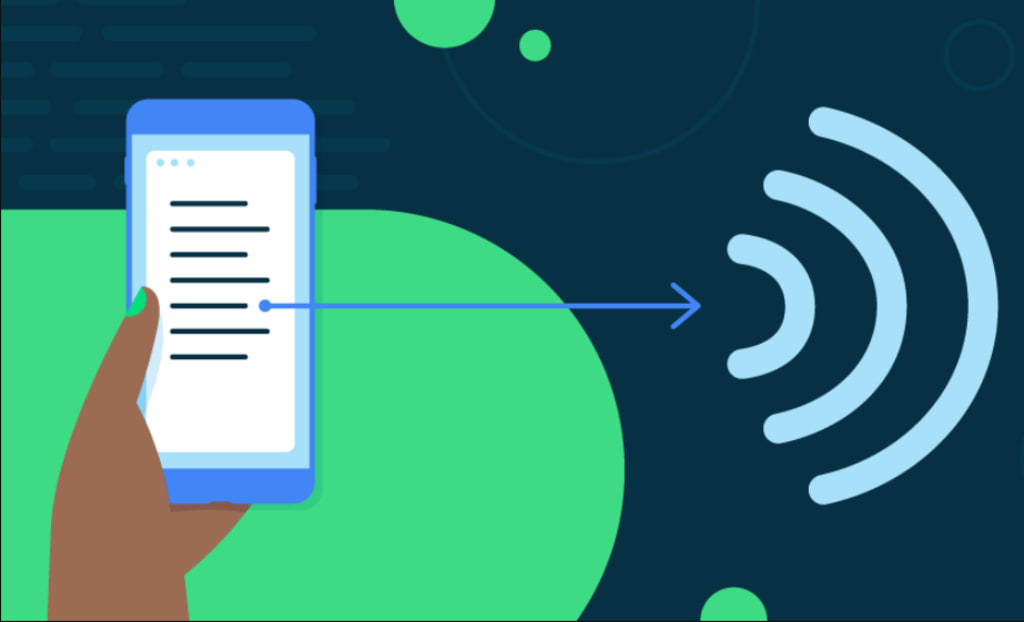text to speech software
Is there any free AI text-to-speech?

In today's digital age, technology continues to break down barriers, particularly in the realm of accessibility. One such innovation making significant strides is text-to-speech (TTS) software. Originally developed to aid individuals with visual impairments, TTS has evolved into a powerful tool with widespread applications across various domains.
### Breaking Down Barriers
Imagine a world where written information isn't confined to the printed page or screen but can be heard aloud, effortlessly. Text-to-speech software precisely facilitates this transformation. By converting text into spoken language, it enables access to content for people with visual impairments or those who prefer auditory learning styles. This capability not only promotes inclusivity but also enhances the overall user experience for all individuals, regardless of ability.
### Applications Across Industries
The impact of TTS extends far beyond accessibility. In education, students can listen to textbooks and study materials, making learning more dynamic and accommodating diverse learning preferences. In business, professionals can convert documents, emails, and reports into audio format, facilitating multitasking and accessibility during busy schedules.
Moreover, TTS enhances navigation systems by providing spoken directions, improving safety and convenience for drivers. In healthcare, it aids patients by converting medical information into accessible formats, ensuring critical details are conveyed accurately.
### Advancements in Natural Language Processing
Recent advancements in natural language processing (NLP) have propelled TTS to new heights of realism and usability. Modern TTS systems employ deep learning models that can mimic human speech patterns, inflections, and emotions, thereby delivering a more engaging and lifelike auditory experience. This progress not only increases comprehension but also makes interactions with technology more intuitive and natural.
### Challenges and Future Outlook
Despite its numerous benefits, TTS technology faces challenges such as accurately interpreting complex linguistic nuances and maintaining voice consistency across different languages and dialects. However, ongoing research and development efforts are continually refining these systems, promising even greater accuracy and usability in the future.
Looking ahead, the integration of TTS into everyday applications, coupled with advancements in artificial intelligence, holds immense promise. From enhancing accessibility for individuals with disabilities to revolutionizing how information is consumed across industries, text-to-speech software is reshaping the digital landscape, making it more inclusive and accessible for everyone.
### Conclusion
Text-to-speech software represents more than just a technological tool—it embodies a profound shift towards inclusivity and accessibility in our increasingly digital world. As these systems continue to evolve and improve, their impact on education, communication, and daily life will only grow stronger, fostering a society where information is truly accessible to all.
In embracing and advancing text-to-speech technology, we not only enhance accessibility but also pave the way for a more equitable and inclusive future.
**Title: Exploring Free AI Text-to-Speech Solutions**
In today's digital age, the accessibility and usability of technology continue to expand, thanks in part to advancements in artificial intelligence (AI). Text-to-speech (TTS) technology, in particular, has emerged as a valuable tool for converting written text into spoken language. As more individuals and businesses seek efficient ways to leverage TTS, the question arises: Is there any free AI text-to-speech software available? Let's explore the landscape of free AI TTS solutions and their implications.
### Understanding Free AI Text-to-Speech Software
Free AI text-to-speech software provides users with the capability to convert written text into spoken audio using advanced AI algorithms. These solutions are typically accessible through web applications, software platforms, or APIs, making them versatile for various applications, from personal use to integration into larger systems.
### Key Features and Benefits
1. **Accessibility:** Free AI TTS software enhances accessibility by enabling individuals with visual impairments or reading difficulties to access digital content in a more intuitive and engaging manner.
2. **Ease of Use:** Many free AI TTS solutions offer user-friendly interfaces and straightforward integration options, making them accessible to a wide range of users, including educators, content creators, and developers.
3. **Customization:** Some platforms allow customization of voice characteristics, speed, and pronunciation, catering to diverse user preferences and application needs.
### Popular Free AI Text-to-Speech Solutions
#### 1. **Google Text-to-Speech:**
Google's TTS service offers a robust API that developers can integrate into applications and websites. It supports multiple languages and provides high-quality voice synthesis.
#### 2. **Microsoft Azure Text-to-Speech:**
Azure's TTS service is part of Microsoft's cloud platform, offering natural-sounding voices and extensive customization options. It's widely used in various industries for applications requiring speech synthesis.
#### 3. **Amazon Polly:**
Amazon Polly is another powerful TTS service that offers free tier usage, allowing developers to synthesize speech in multiple languages and voices. It's scalable and integrates well with other Amazon Web Services.
#### 4. **IBM Watson Text to Speech:**
IBM Watson TTS service provides advanced capabilities, including voice customization and neural network-powered synthesis for natural-sounding speech.
### Considerations and Limitations
While free AI TTS solutions offer significant advantages, they may have limitations such as usage quotas, voice availability, or feature restrictions in their free tiers. Users requiring extensive customization, high volumes of usage, or specific dialects may need to consider premium options or alternative solutions.
### Future Trends and Accessibility
As AI and natural language processing technologies continue to evolve, free AI text-to-speech software is likely to improve in quality and accessibility. Innovations in neural networks and machine learning promise more natural-sounding speech synthesis, enhancing user experiences across platforms and applications.
### Conclusion
Free AI text-to-speech software represents a pivotal advancement in accessibility and digital communication, empowering users to interact with digital content in new ways. Whether for personal use, educational applications, or business integration, these tools democratize access to spoken information and enhance inclusivity in our increasingly digital world.
By exploring and leveraging free AI TTS solutions, individuals and organizations can harness the power of artificial intelligence to create more accessible, engaging, and inclusive digital experiences for all users. As technology continues to advance, so too will the capabilities and impact of AI text-to-speech software, shaping a more connected and accessible future.
About the Creator
peter
Content about cars, motorbikes, technology, news
Enjoyed the story? Support the Creator.
Subscribe for free to receive all their stories in your feed. You could also pledge your support or give them a one-off tip, letting them know you appreciate their work.






Comments
There are no comments for this story
Be the first to respond and start the conversation.